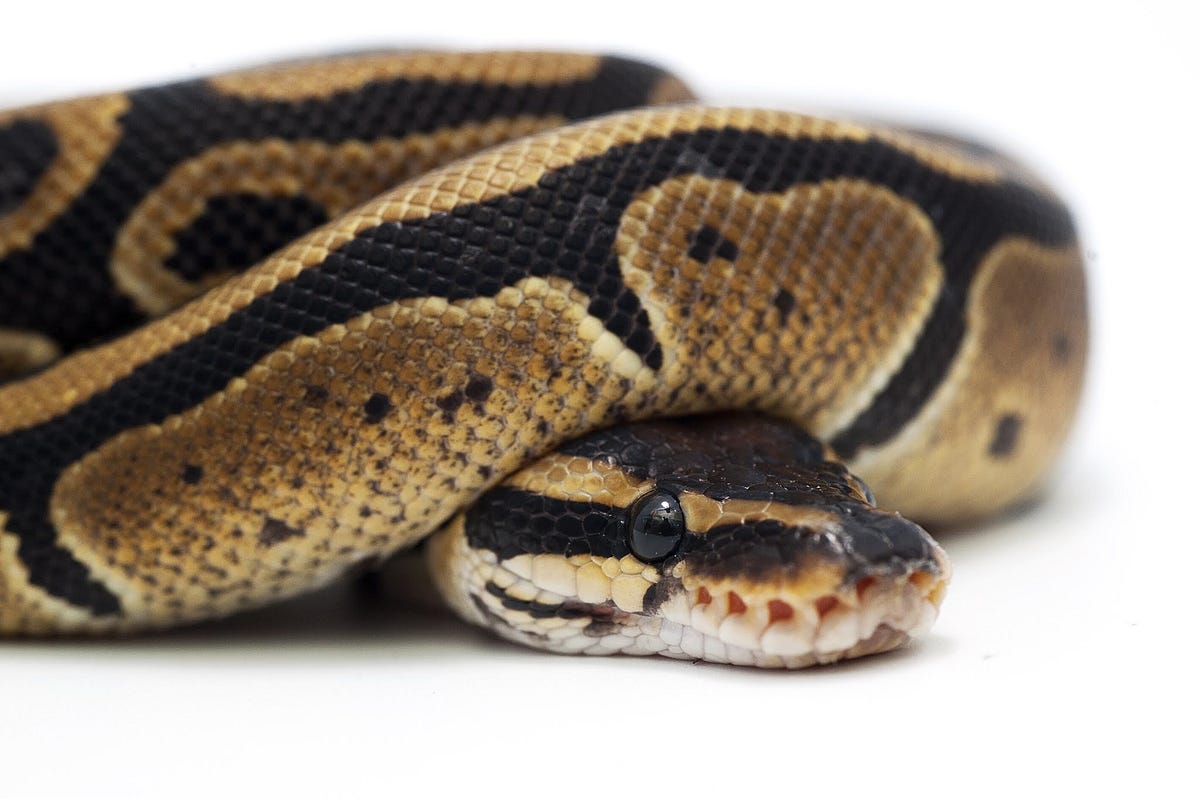Serpentovirus (Nidovirus) in Snakes
WHAT IS SERPENTOVIRUS?
One of the common conditions we see in ball pythons is respiratory disease. While there can be several causes for respiratory signs, one of the more recent concerns in ball pythons has been Serpentovirus (previously and perhaps more commonly known as Nidovirus). The virus can result in inflammation of the pharynx, sinuses, mouth, trachea, and can also result in pneumonia. The way a snake may present these symptoms is with reddening of mucosa (tissue on the inside of the mouth), excessive production of mucus, and audible “clicking” noises when a snake is breathing.
WHAT CAUSES IT?
Serpentovirus is a type of virus in the order Nidovirales. This is a group of RNA viruses that cause a wide range of diseases in different animals. One of the types of other viruses in this group includes coronaviruses. For infection to occur, exposure to the virus must happen. Like coronavirus in people, it is suspected that one source of infection may be respiratory droplets. The virus has also been found in the gastrointestinal tract (potentially from swallowing the discharge that the snake makes), so exposure may also come from feces. Once the virus causes damage to respiratory tissues, secondary bacterial infections may then cause other problems such as pneumonia.
WHO GETS IT?
Among snakes, the virus usually causes problems in pythons. It has been found in other boid snakes like boas and has more rarely been found in colubrid snakes.
WHAT DOES IT LOOK LIKE?
In addition to the more general signs snakes show when not feeling well (such as not eating or acting lethargic), more specific signs of respiratory signs in snakes include open mouth breathing and abnormal posturing. As mentioned before, one of the signs associated with Serpentovirus in particular is large amounts of mucous discharge from the mouth.
HOW DO WE DIAGNOSE IT?
To see if Serpentovirus is the causative agent for your snake’s respiratory signs, a swab is generally taken to detect the genetic material of the virus with PCR.
While this article is about Serpentovirus, there are other types of pathogens that snakes can get that can cause respiratory issues. To rule out these causes and to know the extent of the disease, a veterinarian will also likely discuss other diagnostics including testing for other viruses including those that cause respiratory (paramyxovirus) or immunosuppressive (arenavirus which causes “Inclusion Body disease”) conditions. They may also discuss culturing the airway for the bacteria or fungi that may cause secondary infection, assessing overall health with bloodwork, or assessing whether the lower airway is affected with x-rays.
HOW DO WE TREAT IT?
Unfortunately, there is no known cure for Serpentovirus. In collections of snakes, it can be fatal and sweep through the collection quickly. Since there is no known medication to stop the virus itself, treatment largely consists of helping the snake’s immune system with supportive care. This can include things like fluids to help with hydration or nebulizations to help clear the airway. If a secondary bacterial infection is suspected, treatment may include treating those infections with antibiotics. Antibiotics will not kill the virus itself. Since these snakes can get recurrent infections, culturing the mucoid debris of the snake to ensure the best antibiotic is chosen and that resistant infections are not developing may be discussed.
HOW CAN YOU PREVENT IT?
As with any infectious disease, the best way to prevent an infection is to have a healthy immune system. For many of the exotic species that we keep, being healthy starts with being taken care of with proper husbandry.
For a large collection, the goal should also include minimizing potential contact with the virus through good principles of quarantine and biosecurity. This includes washing hands and wearing different gloves after handling different individuals, using different equipment for suspected sick individuals, and disinfection of all surfaces and instruments between groups from different sources. Screening new individuals before introduction to a collection and having a period of quarantine before introduction (potentially 90 days but the duration required is debated) may also minimize risk.



